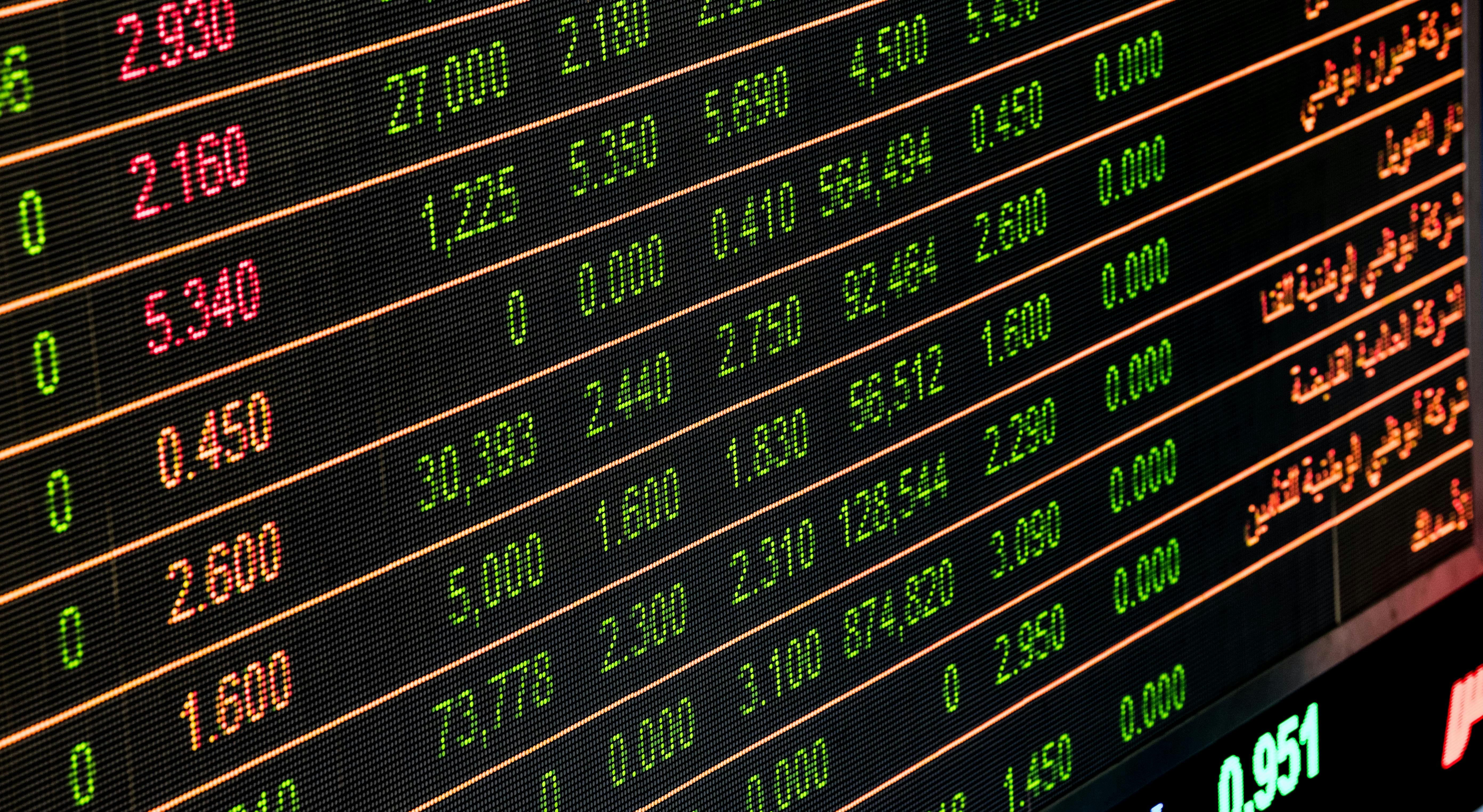We hear all about stocks and the stock markets, but what are stocks and what is the stock market?
Looking at the history of human development will give us a better understanding of stocks and their importance in the modern world. For a long time in human history, we were hunter-gatherers. The days of our ancestors consisted of finding things to eat and places to sleep. In such times, there was very little surplus—meaning extra resources that remained after consumption—and limited trade between tribes. This limited the scale of economic actions a society could take because most time and effort would be spent on food. However, this slowly began to change when agriculture was developed and adopted by humans.
With the advent of agriculture, humans began to settle in one place, leading to the development of early civilizations. This shift allowed people to produce more than they needed for survival, creating surpluses that could be traded or saved. As societies grew, so did their need for larger ventures, such as building large-scale infrastructure, organizing expeditions, or going to war. These large-scale efforts required resources beyond what individuals could provide, which led to the concept of pooling capital.
The first example of stock-like ventures emerged in the 16th century with the Dutch East India Company. They issued shares to investors, giving them a stake in the company's profits in exchange for their financial contributions. This innovation allowed many people to own a piece of a large venture, sharing both the risks and rewards, and marking the beginning of the stock market as we know it today. Hence, business went from something owned by a monarch or the ruling class, to a wide array of people.
So stocks are simply part ownership in a company. A large company, say Coca Cola, does not have only one or a handful of owners but millions of owners. Each owns a right to the profits, when the company decides to give part of the profits to the owners (called dividends).
The portion of ownership is decided by the amount of shares in circulation and quantity owned by an entity. If there are 100 shares of a company and Individual A owns 60 shares, they have a 60% stake in the company. Usually having a majority over 50% ownership will allow you to make decisions for the company. However, it may depend on the company and its rules. The decisions taken by the company are decided by the shareholders, although most shareholders own a minuscule amount of the company.
There are also various types of stocks. The next section will expand upon them; however, you can skip them if you do not want to get into more technical details. (For those who want to skip that, you can start reading from the next section titled Stock Market.)
There are different types of stocks that people can buy. The most common type is called common stocks. When you own common stocks, you get to vote on important decisions the company makes, like who will be in charge. Sometimes, the company will share its profits with you by giving out something called dividends. But there’s a risk: if the company has money problems, people who own common stocks are the last to get paid.
Another type is called preferred stocks. If you own these, you usually don’t get to vote on company decisions, but you have a better chance of getting dividends. Also, if the company runs into trouble, preferred stockholders get paid before common stockholders.
Then there are growth stocks. These stocks come from companies that are expected to grow really fast. Instead of paying out dividends, these companies use their profits to get even bigger. The idea is that as the company grows, the stock becomes more valuable, so you can sell it later for more money than you bought it.
Finally, we have dividend stocks. These are stocks from companies that pay regular dividends. People like to buy these stocks because they get a steady income from the company, instead of waiting for the stock price to go up.
Stock Market:
Once we understand stocks, stock markets are fairly easy to grasp. They are like big marketplaces where these stocks are traded. These markets bring together people who want to buy stocks and people who want to sell them. The price of a stock goes up and down depending on how much people are willing to pay for it. If a lot of people want to buy a stock, its price goes up. If a lot of people want to sell, its price goes down.
If more people want to buy, the price goes up because there's more demand. If more people want to sell, the price goes down because there's too much supply. This usually happens because of news about the company—good news makes people want to buy, while bad news makes people want to sell. Other things like the economy or world events can also affect prices by changing how people feel about the company.

